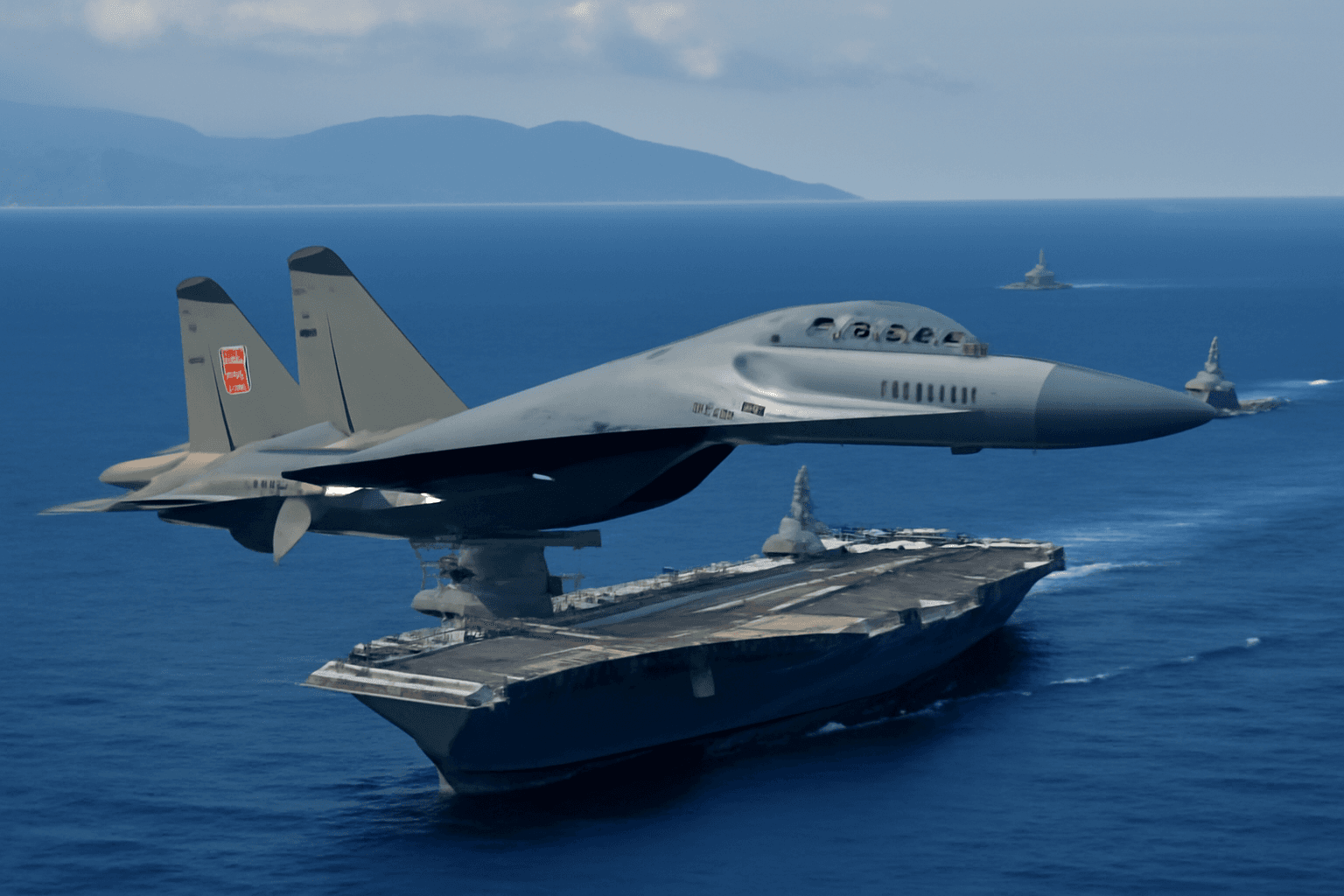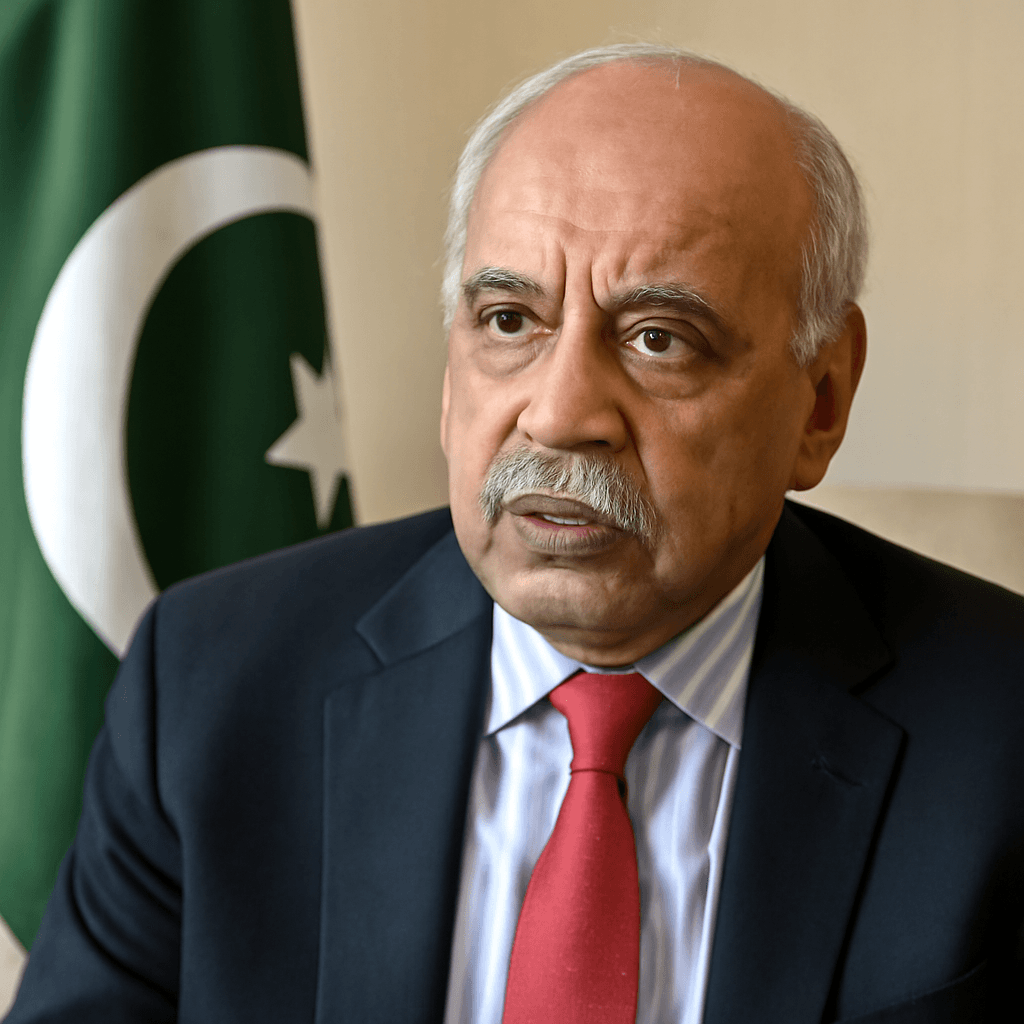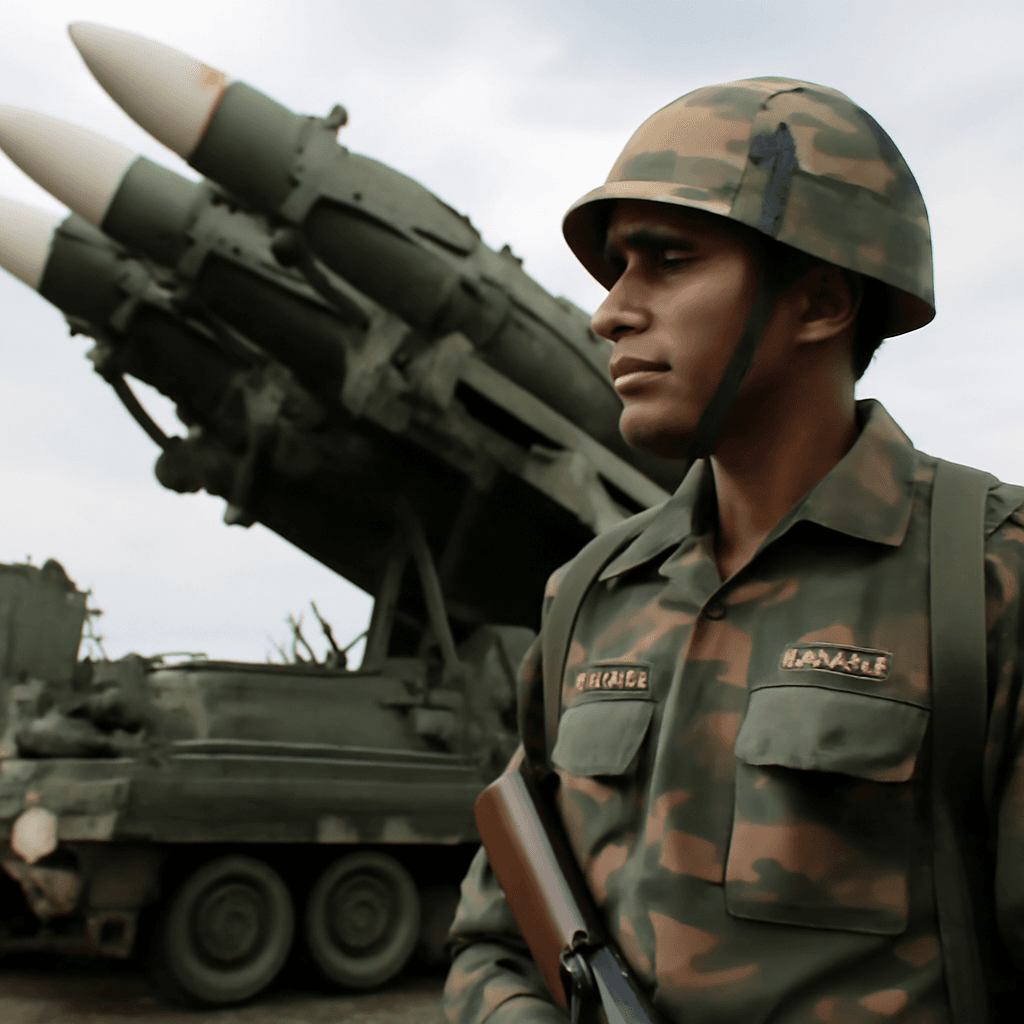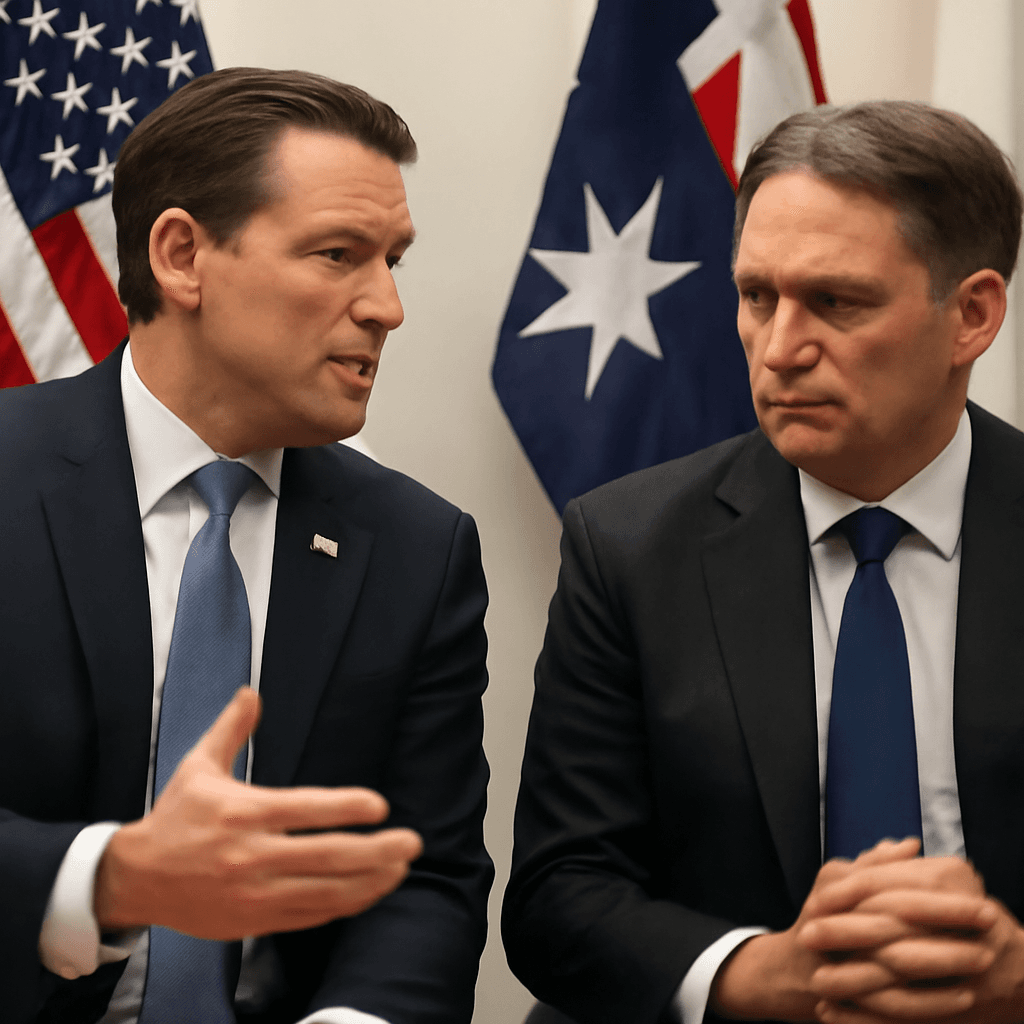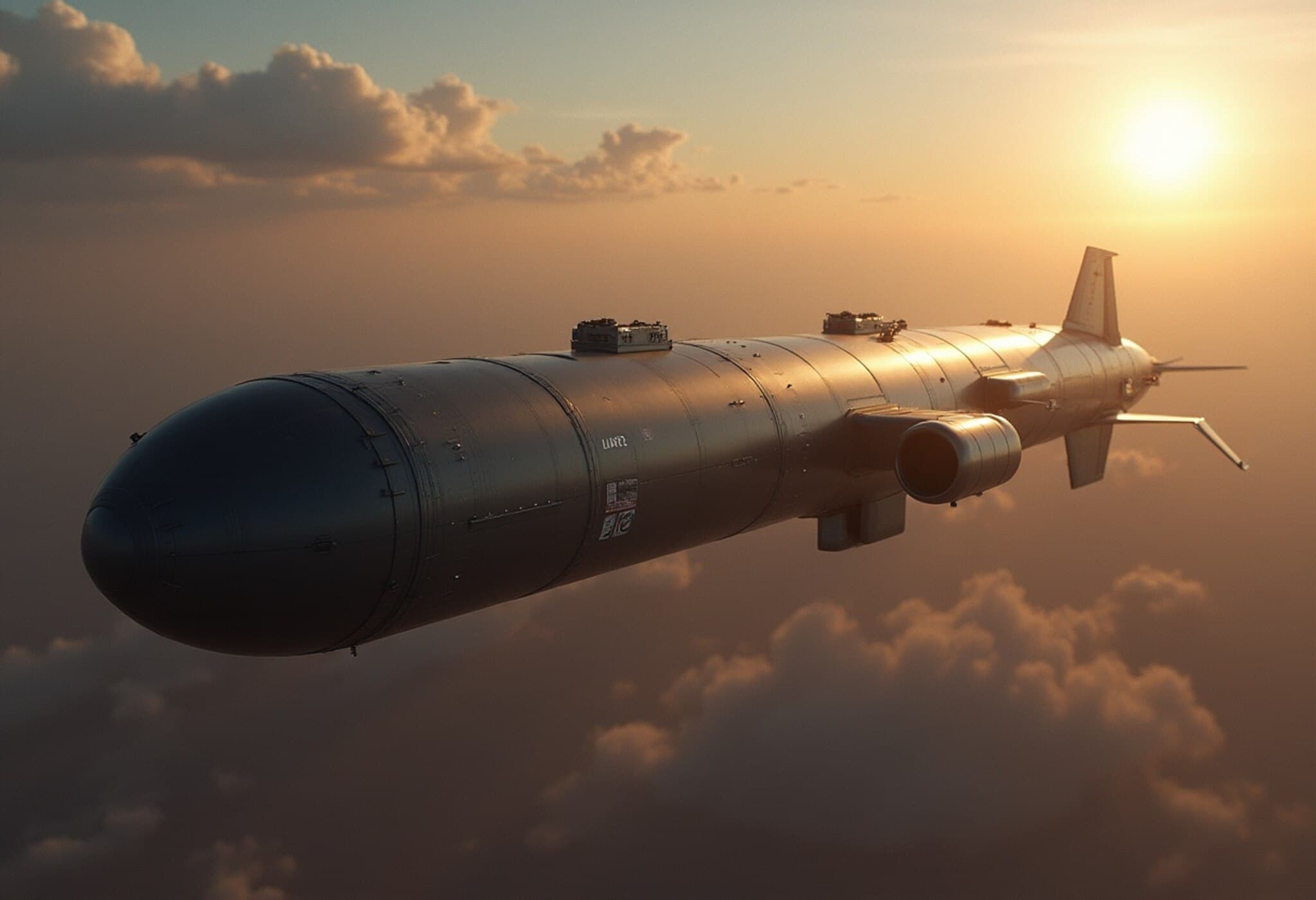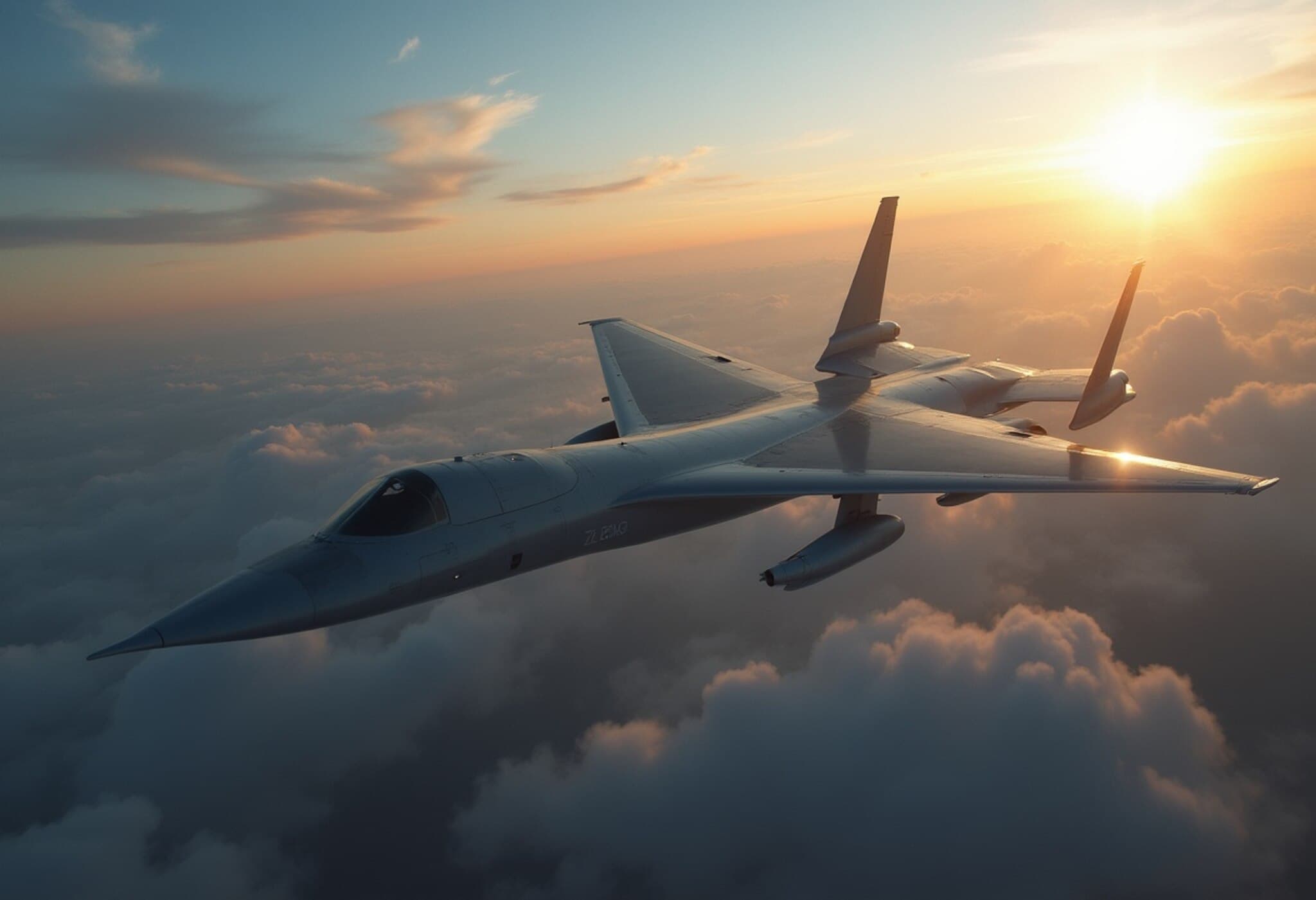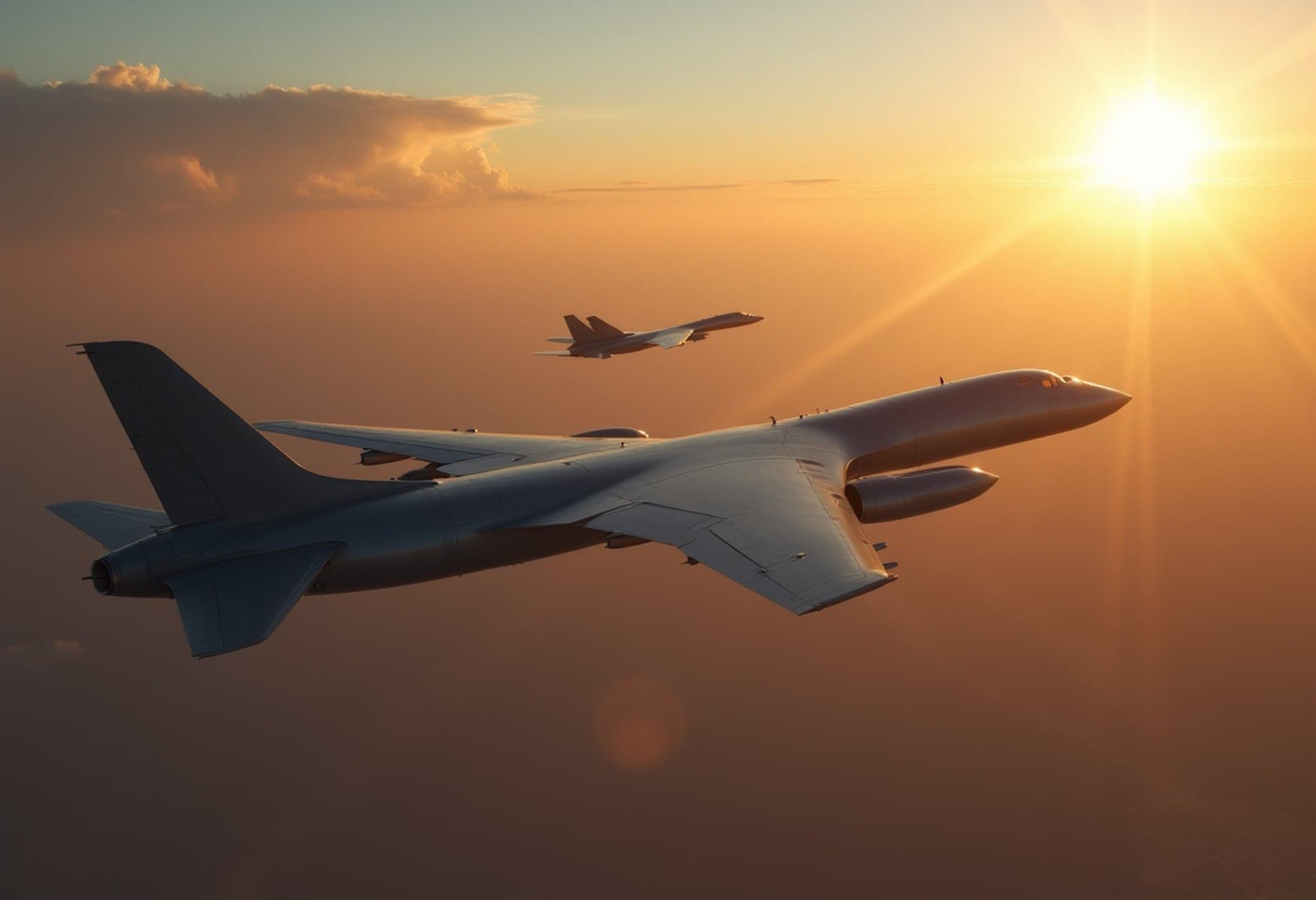From Mumbai to Military Secrets: The Story of Noshir Gowadia
Born in 1944 in Mumbai (formerly Bombay), Noshir Gowadia journeyed to the United States during the early 1960s to pursue aeronautical engineering. His extraordinary expertise landed him a pivotal role at Northrop Grumman, the defense contractor behind the iconic B-2 Spirit stealth bomber.
Critical Contributions to Stealth Technology
Gowadia was instrumental in developing technologies that minimized the B-2 bomber's radar and infrared detection. His work focused on advanced exhaust systems and radar-absorbing materials that drastically reduced the aircraft’s visibility to enemy sensors. Throughout his career, he also contributed to propulsion improvements that enhanced the bomber’s stealth capabilities.
Espionage and Unauthorized Disclosures
Despite retiring in the late 1980s, Gowadia maintained contracts involving access to classified material until his security clearance was revoked in 1997. In the early 2000s, suspicions arose regarding his frequent trips to China. Investigations uncovered that he leaked sensitive design details related to stealth technology to Chinese authorities, earning him large payments that helped him pay off a luxurious estate in Hawaii.
Legal Consequences and Conviction
Gowadia was arrested in 2005 shortly after one of his visits to China. By 2010, he was found guilty on 14 of 17 charges, including espionage, conspiracy, and violations of arms export controls, receiving a 32-year prison sentence. Additional accusations included tax evasion and money laundering.
Defense Arguments and Prosecution Response
His defense claimed that the shared information was largely public and accused the government of excessive secrecy. They argued Gowadia sought to advance aerospace engineering without harming national interests. However, the prosecution presented evidence showing that the stolen data greatly compromised U.S. military secrets by revealing critical stealth technology to China.
Impact on China’s Stealth Programs
- Gowadia's disclosures reportedly aided China’s stealth programs.
- China tested its first stealth fighter, the J-20, in 2011, shortly after his conviction.
- By 2016, China unveiled the H-20 long-range stealth bomber, bearing striking resemblance to the B-2 Spirit.
During his visits to China, Gowadia accessed military sites and provided detailed briefings on missile systems and heat-signature reduction, demonstrating capabilities similar to American technology.
Breach Beyond China
Investigations also revealed that Gowadia passed classified military information to Germany and Switzerland, expanding the scope of his unauthorized disclosures.
A Stark Warning for Future Offenders
At sentencing, officials stated, "Mr. Gowadia provided some of our country's most sensitive weapons-related designs to the Chinese government for money. Today, he is being held accountable for his actions." The case serves as a sobering reminder of the consequences of betraying national security for personal gain.
Legacy of Stealth Technology
Stealth technology remains a cornerstone of modern military aviation, with only the United States, Russia, and China possessing operational stealth aircraft. While the U.S. pioneered this technology during the Cold War and Russia followed in the 1970s, China’s stealth capabilities emerged decades later, reportedly aided by espionage such as Gowadia’s disclosures.


